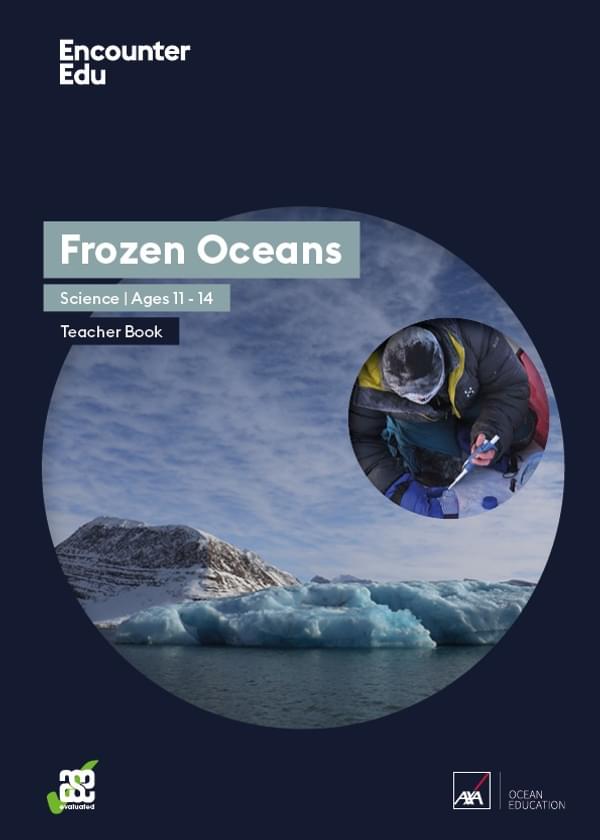Learn more: How does ocean circulation affect the climate of the UK?
If you look at a map of the world and draw a line through London and follow this line across the world, you’ll see that it passes through southern Siberia and skims the southern shores of Hudson Bay in Canada. As the expedition team headed out to the Catlin Arctic Survey Ice Base in March 2011, the temperature in Hudson Bay was lurking between -20°C and -15°C, whilst London was starting to nudge a balmy 8°C.
In general, we think about temperatures becoming colder as you move further north, but England, for example, enjoys a relatively mild climate compared to North America. The reason for this is the system of global ocean currents, and specifically for the British Isles and north west Europe, the current known as the Gulf Stream which brings warm waters from the Caribbean. Ocean circulation has a huge impact on our climate.
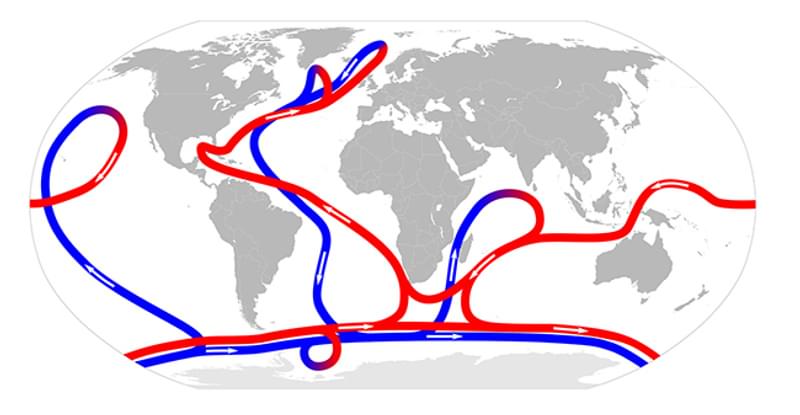 Canuckguy, Robert Simmon, NASA and Robert A. Rohde
Canuckguy, Robert Simmon, NASA and Robert A. Rohde
The movement of the ocean current in the North Atlantic is a bit like a swimmer doing a tumble turn. The warm salty water from the tropics moves northward releasing its heat close to the English coast. This current continues to move further north until it enters the Arctic Ocean. Here, the surface water cools and becomes denser, sinking down towards the seabed. This water then flows out of the Arctic back towards the equator, creating a dragging effect that sustains global ocean currents. This mechanism of warm water floating and cold saltier water sinking is known as thermohaline circulation (thermo = temperature and haline = salt).
Both salt and temperature play a big role in this process as these two factors affect the water’s density. Cold water is heavier than warm water. Salt water is heavier than fresh water, as it is not just water, but also contains dissolved salts.
Scientists have modelled scenarios where thermohaline circulation slows abruptly. This slowing of the ocean conveyor (the global system of ocean currents) could have dramatic effects on the climate around the world.
The Met Office predict that if the global ocean currents stopped completely, the whole northern hemisphere would cool by an average of 1-2°C in the first 50 years, which may not sound too bad, except that in the UK this cooling could be as much as 8°C.
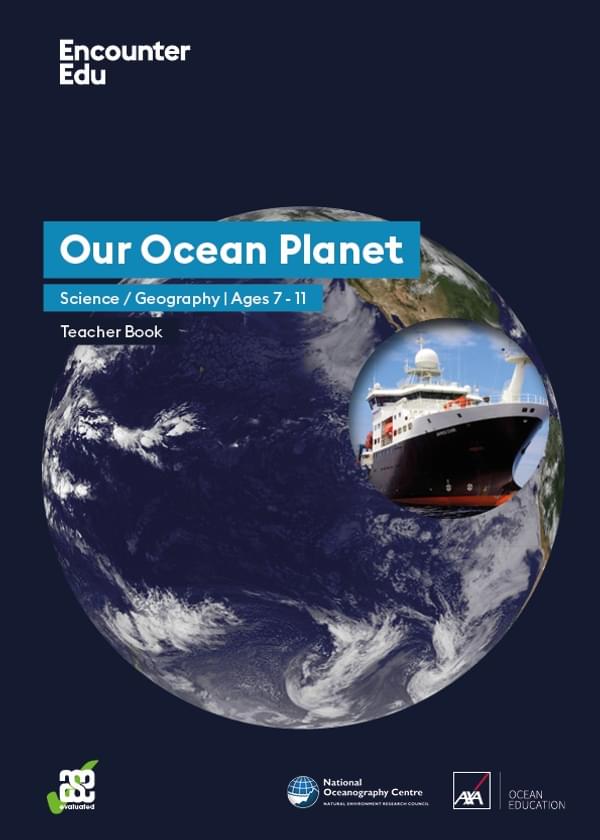
Science / Geography | Ages 7-11
Our Ocean Planet
Our Ocean Planet Science Geography ages 7-11 unit is a KS2 teacher resource. Students discover marine topics across both the UK and globally, developing ocean literacy.
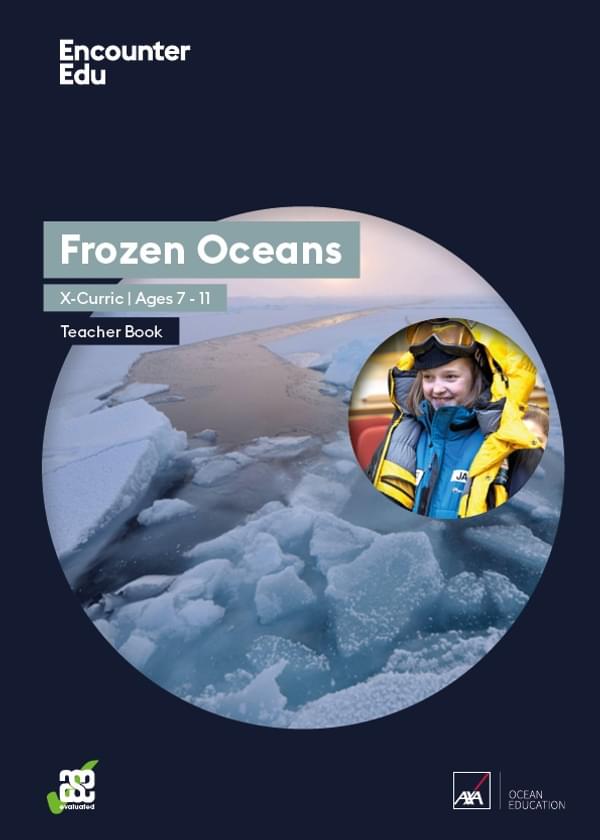
Cross-curricular | Ages 7-11
Frozen Oceans
Based on journeys undertaken by real explorers and scientists, the Frozen Oceans (Primary) education programme is designed to introduce students to what life is like in the High Arctic.
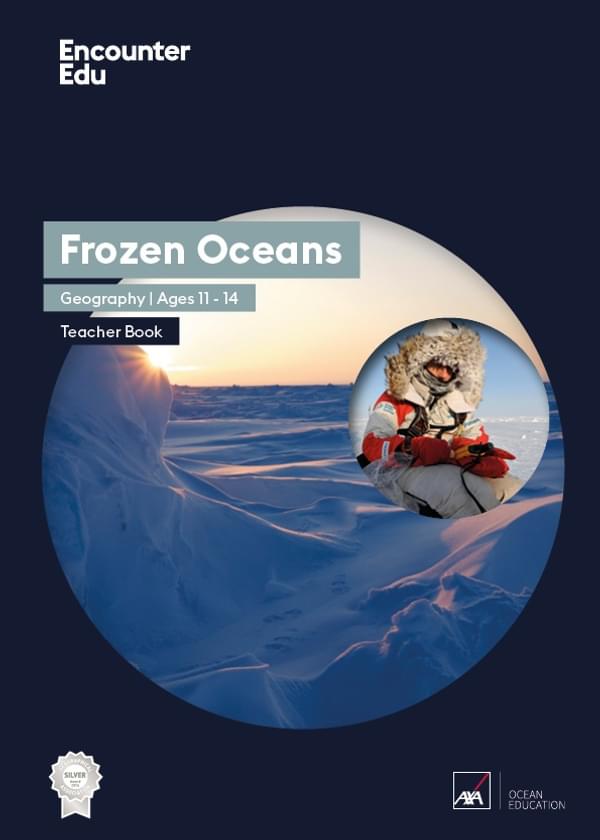
Geography | Ages 11-14
Frozen Oceans
The Frozen Oceans Geography resources are designed to take 11-14 year-olds on a journey to the Arctic following the expedition team of the Catlin Arctic Survey.
